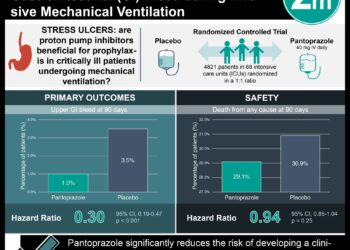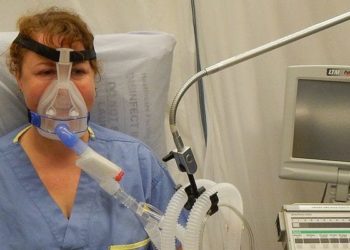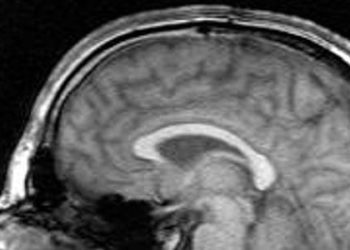Laryngeal mask airway may not be superior for neonate resuscitation
1. Ventilation with a cuffless laryngeal mask airway (LMA) was shown not to be superior to face-mask ventilation in lowering the incidence of early neonatal death or moderate-to-severe hypoxic-ischemic encephalopathy.
2. Ventilation with a cuffless LMA was safe in the hands of midwives.
Evidence Rating Level: 1 (Excellent)
Study Rundown: The third leading cause of neonatal death is birth asphyxia requiring neonatal resuscitation. The most important step in neonatal resuscitation in effective positive-pressure ventilation, which is commonly started with a face mask. Delivering appropriate positive-pressure ventilation is difficult due to mask leakage and poor chest expansion. Ventilation with a cuffless laryngeal mask airway (LMA) can be an effective alternative for advanced airway management in low-income countries. However, the effectiveness and safety of LMA compared with face masks is unknown. As such, this study determined whether LMA would be superior to the face mask among neonates with asphyxia administered by midwives. The study found LMA was not superior to face-mask ventilation in lowering the incidence of early neonatal death; however, LMA was shown to be safe in the hands of midwives. The randomized control trial was limited by the trial design. For safety reasons, crossovers were more frequent in the face-mask group compared to the LMA group; thereby, artificially showing improved outcomes of neonates initially treated with a face mask. Nonetheless, this study’s results are significant, and its findings highlight an alternative resuscitation method effectively performed by midwives.
Click to read the study in NEJM
Relevant Reading: A prospective evaluation of the efficacy of the laryngeal mask airway during neonatal resuscitation
In-Depth [randomized controlled trial]: This randomized-withdrawal trial enrolled 1,171 participants at Mulago National Referral Hospital in Kampala, Uganda. Participants included in the study were neonates born in the hospital, had an estimated gestational age of at least 34 weeks, and required positive-pressure ventilation at birth. Participants with major malformations and stillbirths were excluded from this study. The participants were randomized in a 1:1 ratio to receive LMA or face-mask ventilation for resuscitation, respectively. The primary endpoint was a composite of death with seven days or admission with moderate-to-severe hypoxic-ischemic encephalopathy. The primary outcome occurred in 154 of 563 (27.4%) of the neonates in the LMA group. Specifically, 122 deaths and 32 cases of moderate-to-severe hypoxic-ischemic encephalopathy occurred in the LMA group. The primary outcome occurred in 144 of 591 (24.4%) neonates in the control group. Specifically, 109 deaths and 35 cases of moderate-to-severe hypoxic-ischemic encephalopathy occurred in the face-mask ventilation group. Between both groups the unadjusted relative risk was 1.12 (95% confidence interval [CI], 0.92 to 1.37) and the adjusted relative risk was 1.16 (95% CI, 0.90 to 1.51). Finally, there was no difference between the two groups in intervention-related adverse events. At resuscitation, the adverse event of blood from mouth was present in 2 of 566 (0.4%) neonates in the LMA group compared to 2 of 567 (0.3%) neonates in the control group (P=0.99). Taken together, LMA was not superior to face-mask ventilation in regard to early neonatal death or moderate-to-severe hypoxic-ischemic encephalopathy, while the LMA technique was safe in the hands to midwives.
Image: PD
©2021 2 Minute Medicine, Inc. All rights reserved. No works may be reproduced without expressed written consent from 2 Minute Medicine, Inc. Inquire about licensing here. No article should be construed as medical advice and is not intended as such by the authors or by 2 Minute Medicine, Inc.







